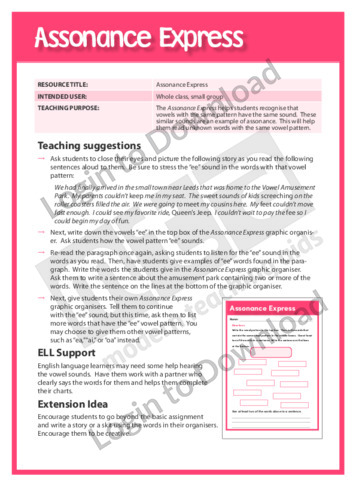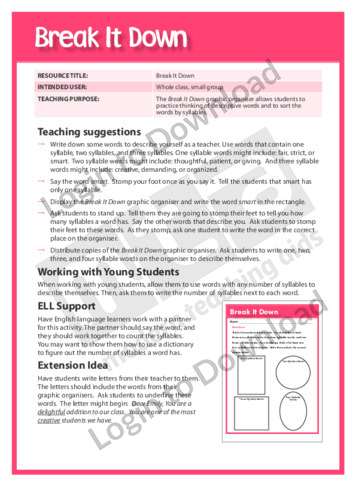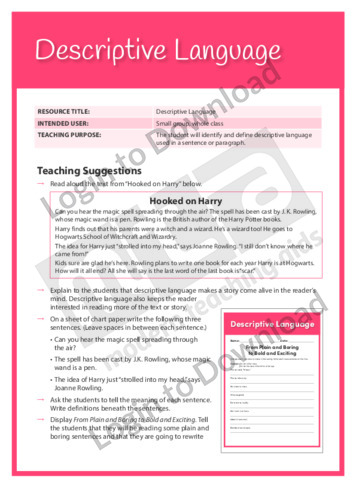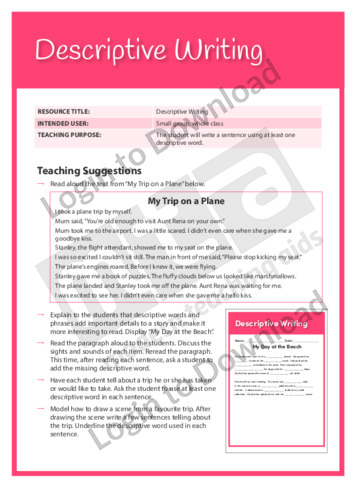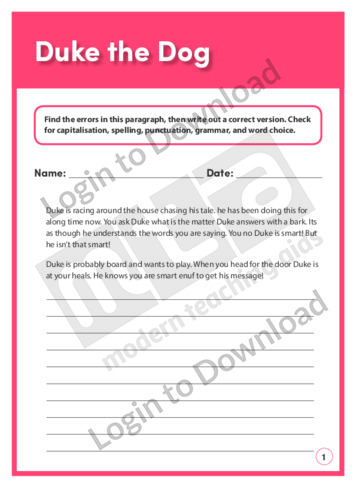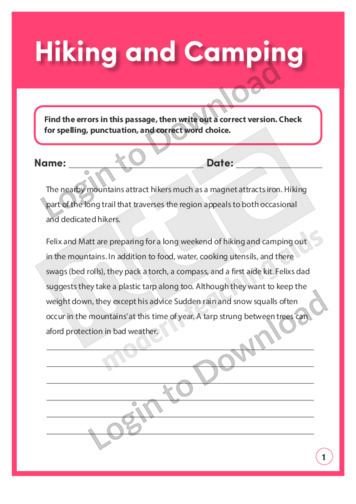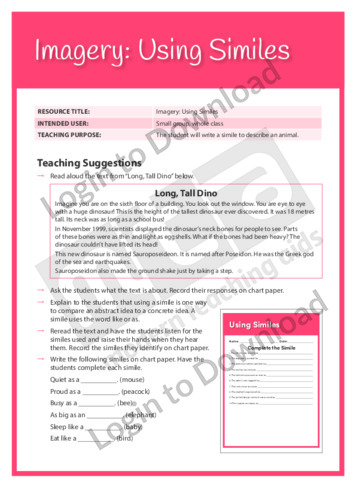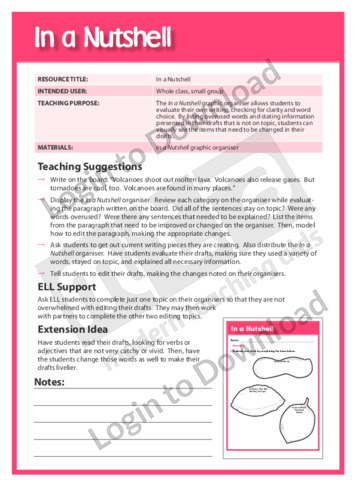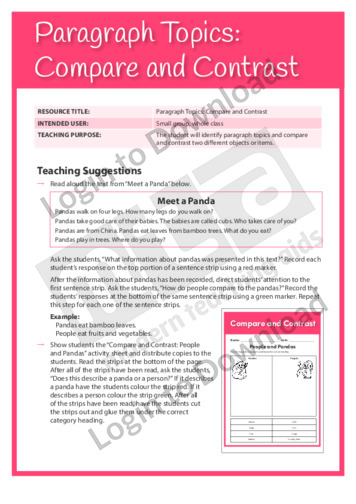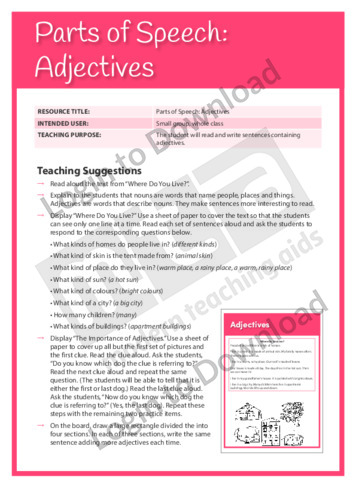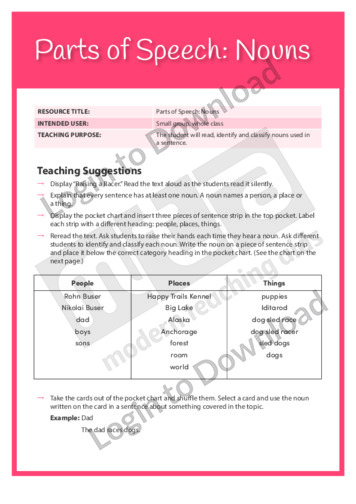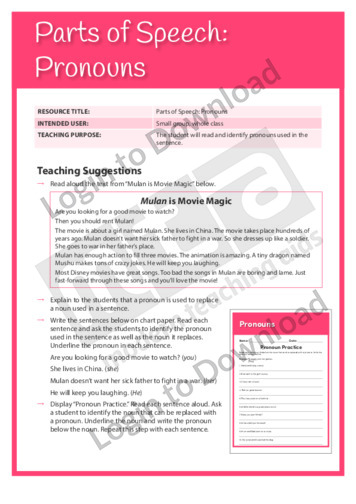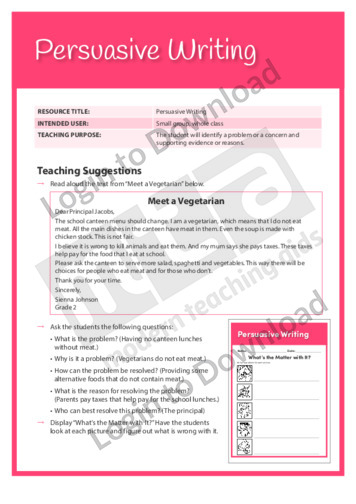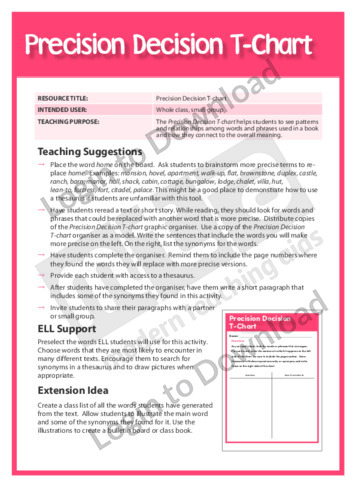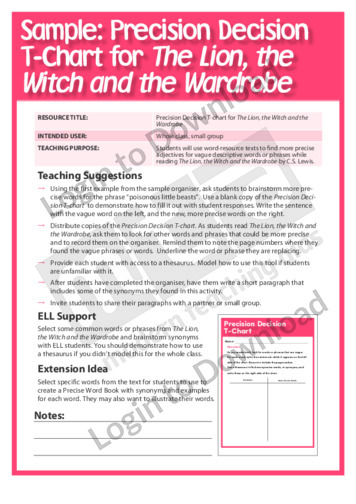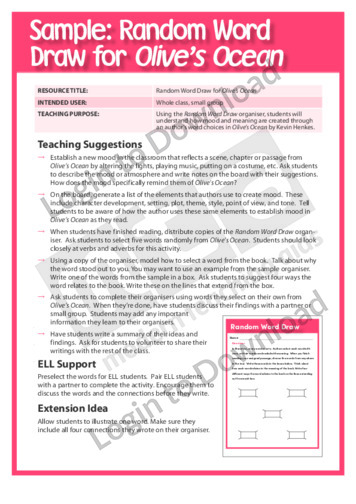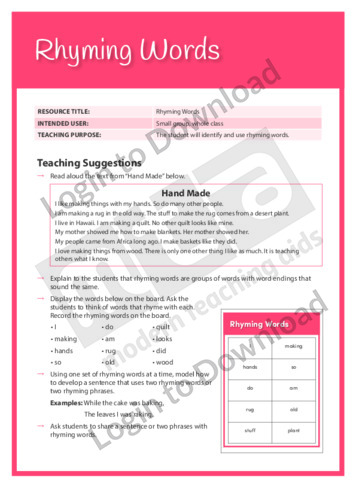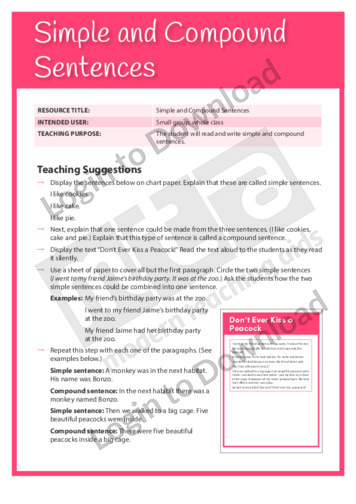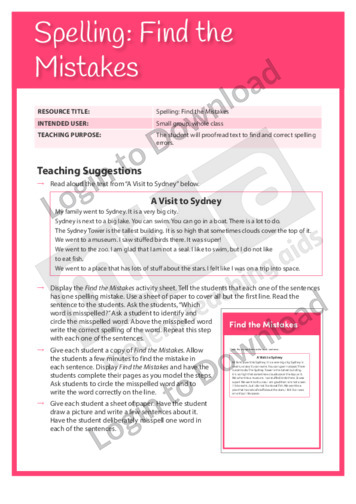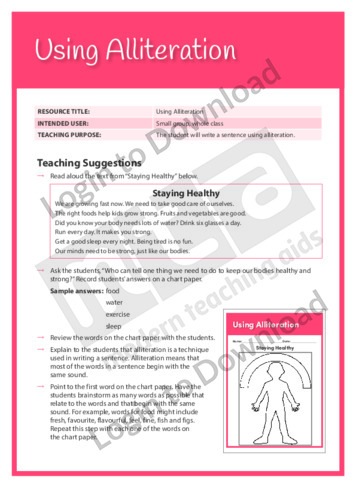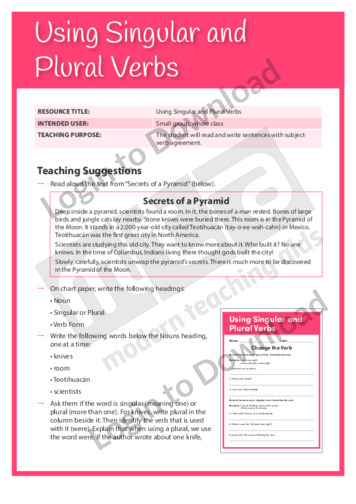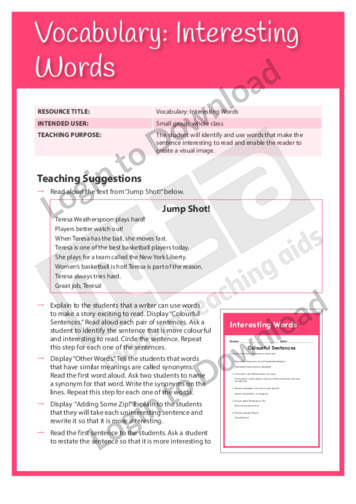This graphic organiser, ‘Assonance Express’ helps students to recognise that vowels with the same pattern have the same sound.
This graphic organiser, ‘Break it Down’ allows students to practise thinking of descriptive words and to sort the words by syllables.
This Writing Traits activity, ‘Descriptive Language’ encourages students to identify and use descriptive language in a sentence.
This Writing Traits activity, ‘Descriptive Writing’ encourages students to write a sentence using descriptive words.
This Editing Task worksheet, ‘Duke the Dog’, features a rough draft of a narrative text about a dog that wants to play. It encourages students to identify capitalisation, spelling, punctuation, grammar, and word choice errors in the text and then to write out a correct version. The purpose of this task is to develop students’ …More
This Writing Traits activity, ‘Feeling and Tone in Writing’ encourages students to identify a positive or negative feeling and tone in a paragraph.
This Editing Task worksheet, ‘Hiking and Camping’, features a rough draft of a narrative text about two boys preparing for a weekend in the mountains. It encourages students to identify spelling, punctuation, and word choice errors in the text and then to write out a correct version. The purpose of this task is to develop …More
This Writing Traits activity, ‘Imagery: Using Similes’ encourages students to use a simile in descriptive writing.
This graphic organiser, ‘In a Nutshell’ provides students with the opportunity to evaluate their own writing and identify areas for improvement.
This Writing Traits activity, ‘Paragraph Topics: Compare and Contrast’ encourages students to identify paragraph topics and compare and contrast .
This Writing Traits activity, ‘Parts of Speech: Adjectives’ encourages students to read and write sentences containing adjectives.
This Writing Traits activity, ‘Parts of Speech: Nouns’ encourages students to read, identify, and classify nouns used in a sentence.
This Writing Traits activity, ‘Parts of Speech: Pronouns’ encourages students to identify and use pronouns in a sentence.
This Writing Traits activity, ‘Parts of Speech: Verbs’ encourages students to identify the verb in a sentence.
This Writing Traits activity, ‘Persuasive Writing’ encourages students to identify a problem and provide supporting evidence.
This graphic organiser, ‘Precision Decision T-chart’ helps students to see patterns and relationships among words and phrases used in a book and how they connect to the overall meaning.
This graphic organiser, ‘Precision Decision T-chart for The Lion, the Witch and the Wardrobe’ asks students to use word-resource texts to find more precise adjectives for vague descriptive words or phrases while reading The Lion, the Witch and the Wardrobe by C.S. Lewis.
This graphic organiser, ‘Random Word Draw’ helps students to visually piece together otherwise unrelated information.
This graphic organiser, ‘Random Word Draw for Olive’s Ocean’ helps students understand how mood and meaning are created through an author’s word choices in Olive’s Ocean by Kevin Henkes.
This Writing Traits activity, ‘Rhyming Words’ encourages students to identify and use rhyming words.
This Writing Traits activity, ‘Sentence Structures’ encourages students to write a paragraph using a variety of sentence structures.
This Writing Traits activity, ‘Simple and Compound Sentences’ encourages students to read and write simple and compound sentences.
This Writing Traits activity, ‘Spelling: Find the Mistakes’ encourages students to proofread text to find and correct spelling errors.
This Writing Traits activity, ‘Using Alliteration’ encourages students to write a sentence using alliteration.
This Writing Traits activity, ‘Using Assonance’ encourages students to read and identify words in a sentence that have the same vowel sounds.
This Writing Traits activity, ‘Using Singular and Plural Verbs’ encourages students to read and write sentences with subject-verb agreement.
This Writing Traits activity, ‘Vocabulary: Interesting Words’ encourages students to identify and choose words in their writing that evoke visual imagery.
It�s that easy!

